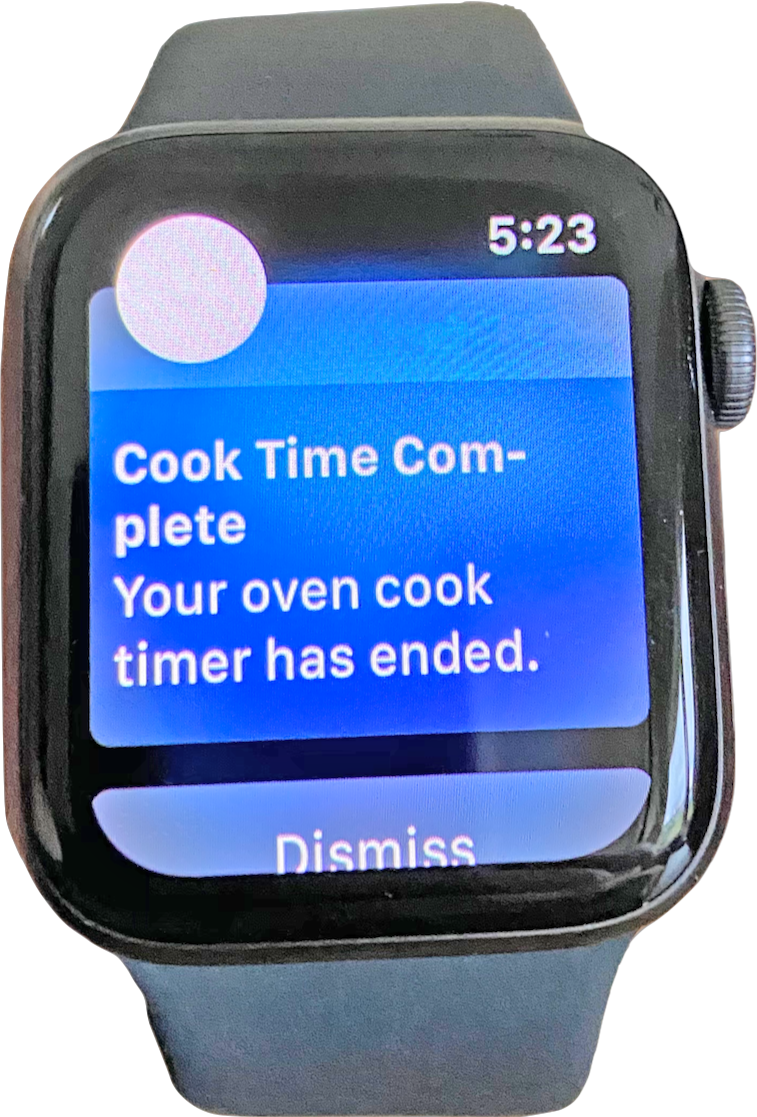Examples of Digital Products
eCommerce Websites
A website that provides functionality for shoppers and vendors to reach a commercial agreement is a typical Digital Product. The consumer of this Digital Product would be the vendor’s Sales Department(s), not the shopper.
The eCommerce website may be comprised of several Digital Products. These may have different functionalities to support other users, such as those who maintain site data or manage financial transactions. The different functionality may also be different Digital Products.
Mobile Applications
Mobile applications are Digital Products. Most are provided through a store managed by the digital platform provider. They may also be linked to other products, physical and digital. Fitness mobile applications typically require a separate physical device to track motion and location. Other mobile applications act as channels to Digital Products, such as a newspaper subscription or online banking.
Digital Products are often comprised of other Digital Products, or are dependent on other products to provide a complete outcome.
Operational Technology
Digital Products can also automate manufacturing, warehouses, or other activities outside of typical back-office applications. This more industrial and embedded use of automation technology is commonly known as Operational Technology (OT).
For example, applications are now typically used to manage wind farms, monitor and adjust factory equipment, create tasks for planned and unplanned maintenance, or change operational characteristics due to weather events and forecasts. There may be a network connection to support communications and software updates to be applied on an ongoing basis, much in the same way data centers are managed.
In factory automation, there may be dozens or hundreds of smart OT devices with embedded computers, for which software may be updated periodically to update code and change configurations. The possibility of such a continuous improvement feedback loop means that software design can be more Agile and at the same time more complex than the design of traditional embedded systems, for which firmware updates may be expensive and complicated, or even impossible.
Smart Devices with Digital Interfaces
This is a rapidly growing category of internet-connected products ranging from smart watches to automobiles that combine a traditional physical product format with software to create Digital Products. These smart products do not contain only the physical device and its embedded software; the core product definition may also include cloud-based software and software running on other platforms, such as smartphones. For example:
-
A digital oven that can be programmed by scanning a barcode on a food package using a mobile app, providing the oven with cooking instructions via a cloud-based cooking instruction look-up system; alerts can be sent to a smart watch to inform the user that cooking is complete
-
A modern car, containing more lines of code than model desktop operating systems, for which updates are routinely pushed from the car manufacturer, and which can be monitored and controlled from miles away using a smartphone app
The product definition includes software in the car and the app, software elsewhere in the supporting ecosystem, and all the mechanisms needed to keep the software up to date.

Digital Platforms
An important category of Digital Product is the digital platform. This product is designed to enable the creation or hosting of other Digital Products which can be sold or shared with consumers.
Common examples of how this works in practice include the app stores available to Apple® and Android™ customers, or the Azure® and Amazon Web Services™ platforms that provide a range of easily orderable plugins, and also the ability for users to create their own.
There are many types of platforms that use the same model:
-
Platform as a Service (PaaS) raw compute and virtual compute
-
Software as a Service (SaaS) platforms accessed in the cloud
-
Low code/no code development
-
Content platform, such as for music, videos, and documents
-
Digital Services, such as connecting drivers, passengers, and deliveries
-
Software applications that rely on shared platform capabilities, such as smartphones, TVs, and platforms built for Sales, Human Resources (HR), or IT Management
Many digital platforms incorporate shared resources, such as platform-specific development tools, an integrated store for configuring or adding features through plugins, platform-dependent application management, self-service interactions for purchase, and knowledge and support features.
Interplay Among Digital Products
The digital oven example in Smart Devices with Digital Interfaces illustrates an accelerating trend in which collaboration between interacting Digital Products adds greater value than when they function independently.
The oven example of an IoT-based product reflects marketing collaboration among multiple Product Managers of the oven, the watch app, the phone app, and the food-cooking instruction suppliers. All this functionality is embodied in software created by each company involved and supported by interoperability standards such as O-DEF™, the Open Data Element Framework, Version 2.0, a standard of The Open Group [C202] and the Open Messaging Interface (O-MI), The Open Group Standard for the Internet of Things (IoT), Version 2.0 [C19E]. The result is a value-added ecosystem which others can join – or from which competitors can be excluded.
This interplay creates opportunities and data for all parties. The data and ongoing consumer feedback received helps the Product Manager to make decisions such as adding features, improving performance, adjusting pricing models, and updating market strategies.